Lich
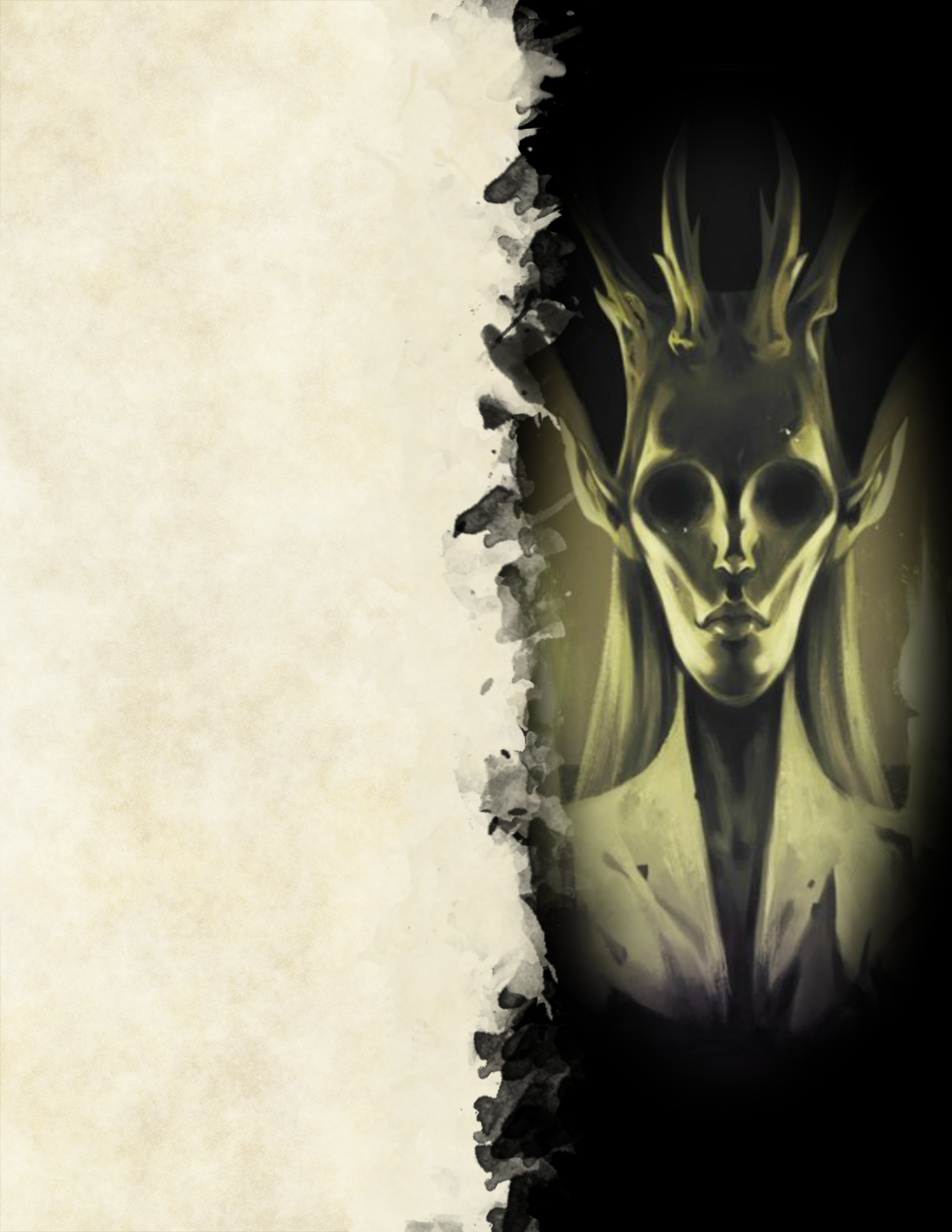
Of all the mages in the world, liches are of the most fearsome and rare, and for good reason. Achieving it requires countless expenses in manpower and resources, and is only possible if you, the character, is already well established in a cult, monastery, or academy. The exact details of the Lich Ascension Ritual may vary depending on the region or cult, but all must satisfy the requirements:
- A phylactery worth at least 5000 gold, in which you will store your soul.
- A potion of rare poisons and blood. This takes at least a week for an entire cult to brew.
- Finally, the ritual itself can only be administered by a full-fledged (level 20) lich
As long as your character has met the requirements and gone through the transformation, it is a lich. In the world's long history, there have been many types of liches: good, evil, neutral. Some have an unsatiable hunger for magic, others may lead a quiet life. Some have no flesh and all bone, others may appear as normal civilians and even have warm blood. Regardless of their story, every lich has the potential to unleash truly terrifying power.
Note for DM's
Though the prerequisite is character level 15, lowering it for your campaign can be possible. If so, consider reducing maximum hit-dice of Forbidden Arcana to 2. In the very least, the features of 3rd level and above should be reserved for late-tier content.
It is also up to you if your player may use the Necronomicon, a lich's manual for all that is undead. It contains homebrewed spells, rituals, and stat blocks for undead monsters. The Necronomicon is not required to play a lich, but rather it mearly adds flavor, such as how a lich might build their lair or how they create undead servants.
Lich Prestige Class Leveling Table
| Level | Features |
|---|---|
| 1st | Lich Spellcasting, Undead Nature, Lifebane, Phylactery and Soul, Forbidden Arcana |
| 2nd | Archetype Feature, Archetype Invocations, Archetype Spell, Ability Score Improvement |
| 3rd | Incorrigible Vessel, Archetype Spell |
| 4th | Additional Archetype Invocation, Forbidden Arcana Improvement, Archetype Spell |
| 5th | Archetype Ultimate Spell, Ability Score Improvement |
| 6th | Incorrigible Vessel Improvement, Forbidden Arcana Improvement |
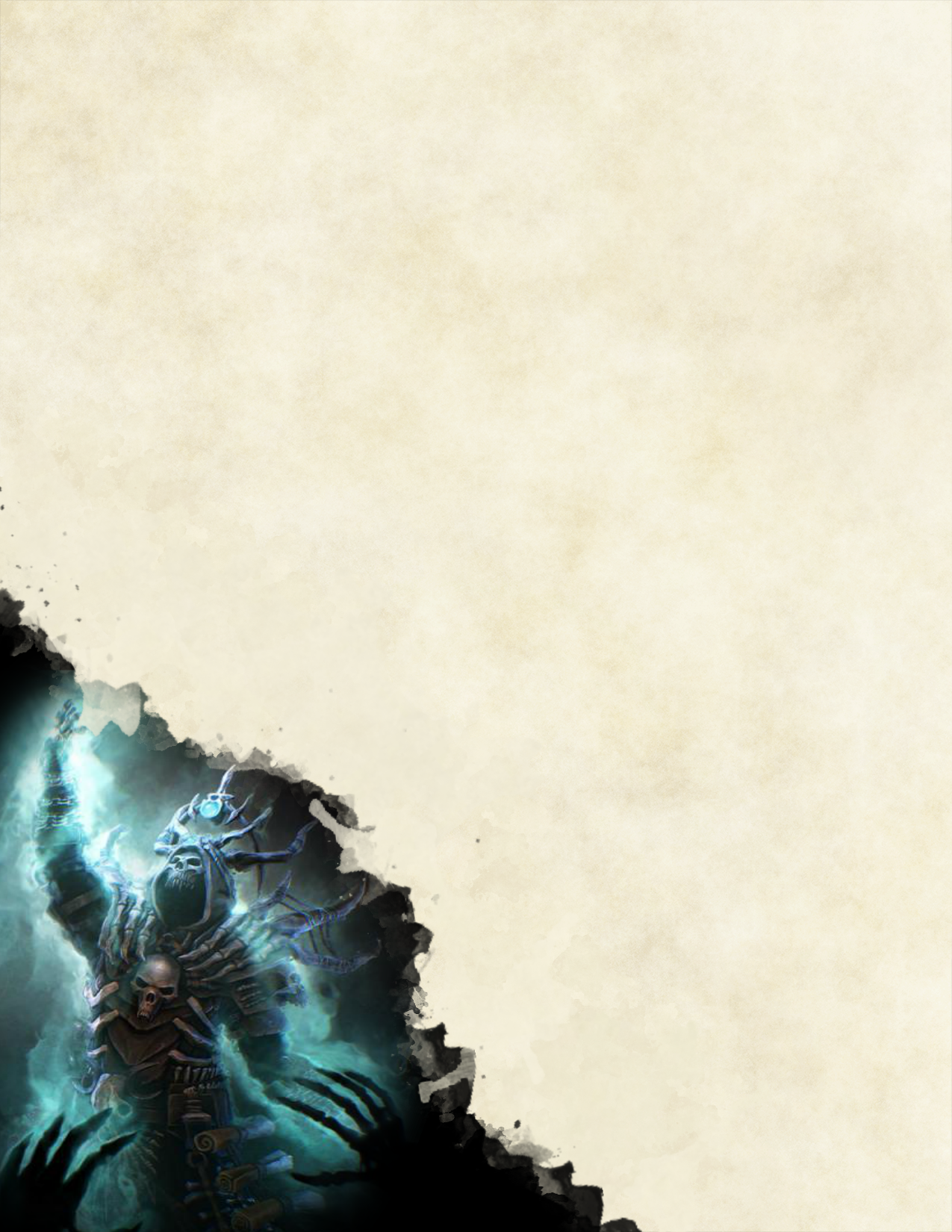
Prerequisites
- Level: 15
- Classes: Only levels in Cleric or Wizard. After partaking in the Lich prestige class, you cannot multiclass into any class other than Cleric or Wizard. Any domain or arcane tradition is acceptable.
- Ability Scores: 15 Intelligence, 13 Wisdom
- Skills: Religion and Arcana
Class Features
As a lich, you gain the following class features.
Hit Points
- Hit Dice: 1d6 per lich level
- Hit Points at Higher Levels: Your maximum hit points at 14th level, then add 1d6 (or 4) + your Constitution modifier per Lich level
Proficiencies
- Armor: None
- Weapons: dagger, sickle, quarterstaff, longsword, scythe
- Tools: Pick one: Calligrapher's Supplies, Alchemist's Supplies, or Jeweler's Tools
- Languages: Abyssal
Lich Spellcasting
The Lich prestige class uses Wizard Spells. For the purpose of determining the number of cantrips, spells prepared, and spell slots available, use the Wizard Leveling Table and replace Lich levels for Wizard levels. For example, if you have 14 levels in Wizard and 2 levels in Lich, then refer to the 16th level in the Wizard Leveling Table. If you have levels in Cleric, refer to Multiclassing (PHB pg 163) to determine the number of spells prepared from each class and what spell slots you have, replacing Lich levels for Wizard levels.
Unless otherwise stated, your spellcasting feature is the same as a wizard's. This includes Adding New Spells, Ritual Casting, Spellcasting Ability, Spellcasting Focus, and Replacing your Spellbook
Your Spellbook
Your Lich Spellbook is the same as your Wizard's Spellbook. If you don't already have classes in Wizard, you gain the Wizard's Spellbook.
Preparing and Casting Spells
The number of wizard spells you can prepare is equal to your Intelligence modifier + your wizard level + your lich level. The spells must be of a level for which you have spell slots.
When you finish a long rest, you can change your list of prepared spells and regain all expended spell slots
Learning Spells of 8th and 9th Level
Each time you gain a lich level, you can add two wizard spells of your choice to your spellbook. Each of these spells must be of a level for which you have spell slots. as shown on the Wizard table. On your adventures. you might find other spells that you can add to your spellbook.
Undead Nature
After becoming a lich, your nature now includes "undead" in addition to what it was before. E.g. an elf that has turned into an archlich would be a "medium fey undead humanoid." You do not age and need not eat, breathe, or sleep, though you still can. Neglecting to take a long rest will not induce exhaustion, but it is still needed to refresh hit points, hit-dice, spell slots, etc.
If you have levels in Cleric, some of your features might have been negated. Perhaps after being part of the Life Domain, for example, becoming being undead would reasonably sever ties between you and your deity. Depending on your domain and deity, your DM might see it fit to remove your Channel Divinity and/or Divine Intervention features.
If you still retain Channel Divinity, your domain's Channel Divinity is unchanged. However when you use Turn Undead, you can select specific undead creatures you can see to be exempt from its effects.
Lifebane
Because you are undead, most healing spells cannot heal you, since they have "no effect on undead or constructs," regardless of your original nature. However, you can now use your hit-dice as a resource, spending them to modify your spells and abilities. Hit-dice you spend are not restricted to any particular class, in the case of multiclassing. You can use Cleric (1d8), Wizard (1d6), or Lich (1d6) hit-dice in any combination you choose.
Whenever a living creature (neither undead nor construct, with a CR of at least 1/4) dies within 120 feet of you, you gain a lich hit-die (1d6). The DM may make exceptions depending on the creature's size, CR, nature, or type. For example, a huge dragon may yield 4 hit-dice, or 1 out of every 3 kobolds would yield 1 hit-die. You can exceed your maximum hit-dice, but if you end a short rest with extra hit-dice, the excess is lost. You will gain another way to recover hit-dice detailed in your archetype description.
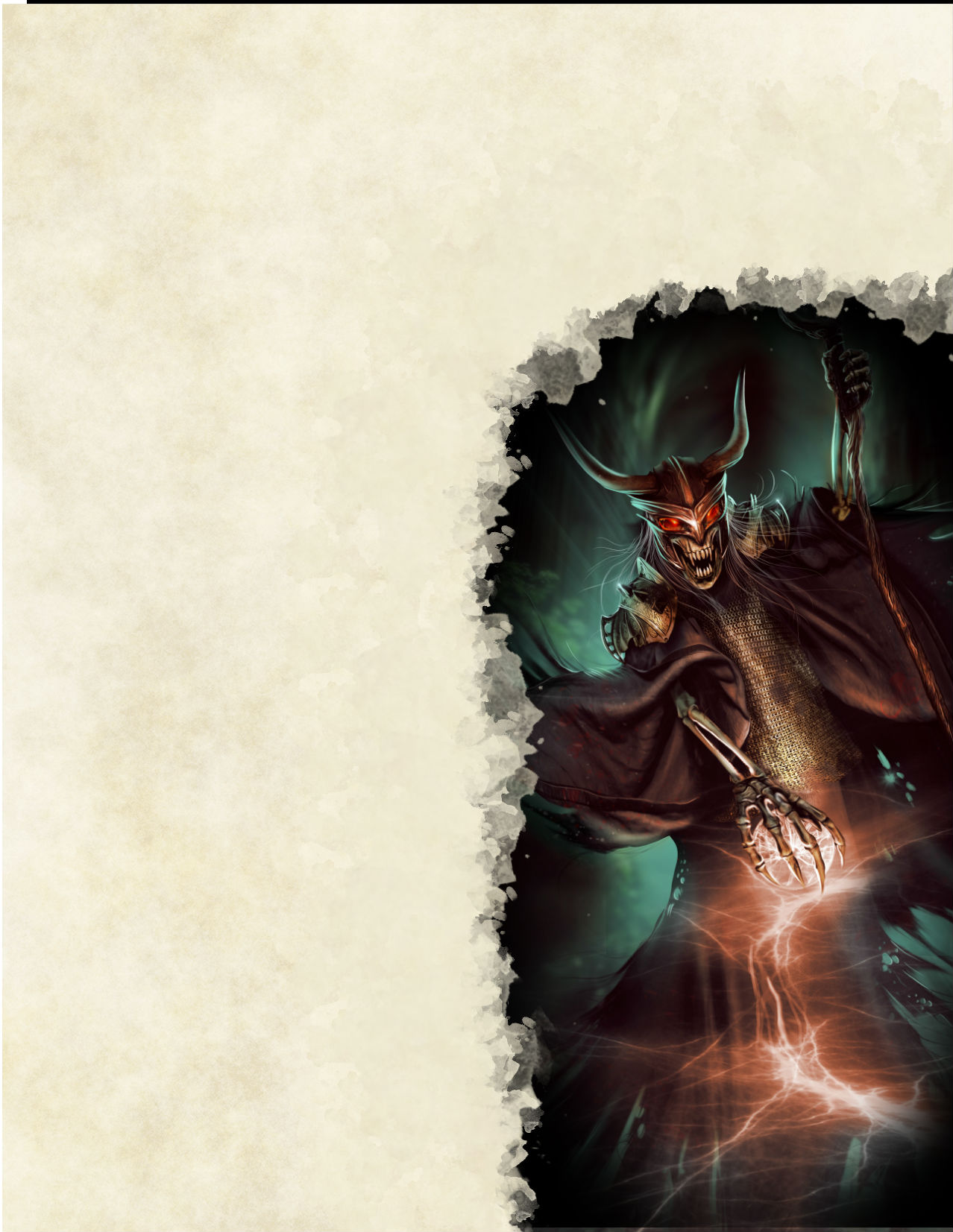
Phylactery and Soul
When you became a lich, you stored your soul into a phylactery. From the phylactery, your soul projects itself into your body as a corporeal vessel. Wherever you have stowed your phylactery, there must be unoccupied space within 10 feet of it. When you die, your body will reassemble itself in that space after 1d10 days. By default, the phylactery has AC 15 and 50 HP. Using divination magic, such clairvoyance or scrying, on your phylactery automatically succeeds and does not cost spell slots or require material components, but the spell still needs to be prepared and in your spellbook.
When your hit-points drops to 0, you do not fall prone and unconscious. Instead, you are stunned and vulnerable to Radiant damage until you have at least 1 hit-point. If you start your turn while stabalized, you can restore hit-points using up to 4 hit-dice, adding your Constitution modifier to each die.
If your phylactery is destroyed while your body is still alive, then you can still create another one. If both your phylactery is destroyed and your body is dead, you die outright.
Forbidden Arcana
Starting at 1st level, you have access to Forbidden Arcana, abilities iconic to all liches. They require an action to use, and you can only use Forbidden Arcana 3 times between rests. When you finish a short or long rest, you regain your expended uses. At 1st level, you can spend a maximum of 4 hit-dice on a Forbidden Arcana ability (not including those spent from your Archetype Invocations). This increases to 6 hit-dice at 4th level. Then at 6th level, you can cast these as a bonus action instead.
Frightening Gaze
Fix your gaze into a creature you can see within 30 feet. The target must succeed on a Wisdom saving throw or be affected as though by the fear spell (of 3rd level). A creature that successfully saves cannot be affected by this for 24 hours. You can spend hit-dice to target additional creatures, 1 hit-die per target beyond the first. This ability can also be used when you make an ability check for Intimidation, granting +5 to the roll.
Paralyzing Touch
Make a melee spell attack against a target, dealing 3d6 cold damage on-hit. If the attack hits, the target must succeed on a Constitution saving throw or be paralyzed for up to 1 minute or until the next time it receives damage. The target can repeat the saving throw at the end of each of its turns, ending the effect on a success. You can spend hit-dice to increase the bonus to the attack roll, 1 hit-die per +1 bonus.
Life Drain
Select a creature you can see and then roll hit-dice to spend, adding your Constitution modifier to each die. The target must succeed a Constitution saving throw or receive that total result in Necrotic damage. If it succeeds, it receives half damage instead. You gain temporary hit-points for one minute equal to the amount of damage dealt. If the target is willing, it can choose to automatically fail the saving throw and negate its own resistance and immunity to Necrotic damage.
Incorrigible Vessel
Starting at 3rd level, your body becomes an improved vessel. You gain the following benefits, which you can choose to ignore at any time:
- Immunity against being put to sleep by magic, charmed, possessed, and frightened.
- Advantage on saving throws against poison and effects that turn undead.
- Resistance against Cold, Lightning, Necrotic, and Poison damage
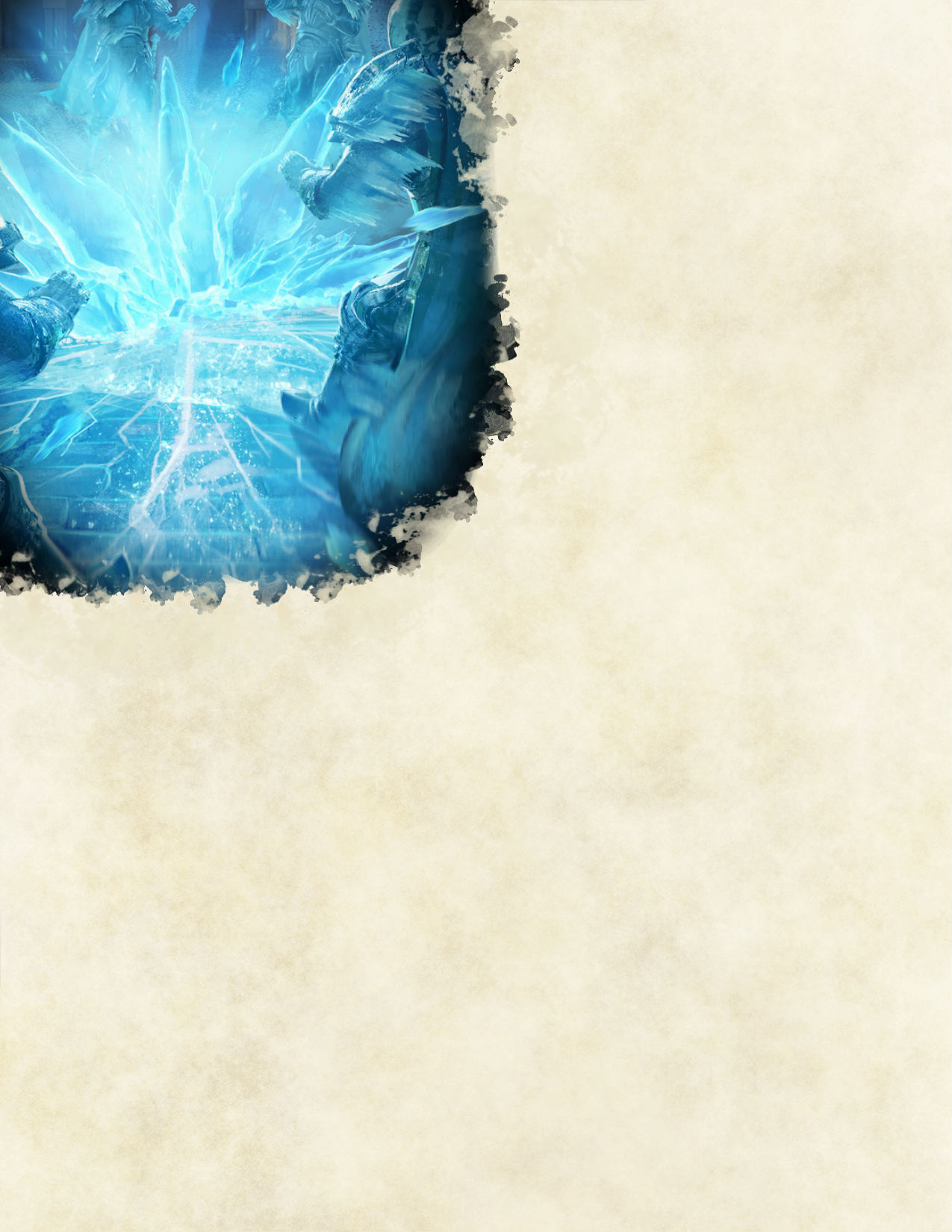
Then at 6th level, you gain the following benefits, as well:
- Truesight with a range of 30 feet.
- Immunity against being exhausted, paralyzed, and poisoned, as well as poison damage
- Resistance against Bludgeoning, Piercing, and Slashing from nonmagical weapons.
- Proficiency in either Intelligence or Charisma saving throws, whichever was not already proficient.
Lich Archetypes
At 2nd level, you will choose a Lich Archetype to follow, which will grant new ways to use your spells using hit-dice. Options include Frozen Terror, Necromancer, and Soul Reaper.
Archetype Spells
Each archetype has a list of spells you gain at lich levels noted in the archetype description. Once gained, it appears in your spellbook. You always have it prepared, and it doesn't count against your list of prepared spells. If this spell doesn't appear in a class you have no levels in, the spell is nonetheless a wizard spell to you.
Archetype Ultimate
At 5th level, you gain the ability to cast a powerful 9th level spell unique to your archetype. The more hit-dice you are missing, the more effective it is. The manuscript of this spell exist only in the Necronomicon (and in your archetype description).
Frost Terror
The only thing colder than the Glacial Wastes is a death delivered by a Frost Terror Lich. They prefer to vitrify their victims in ice before shattering them with devastating power. In combat, meticulous planning and forethought of action economy is rewarded heavily.
Suggested Quick Build
- Classes: 14 levels in Wizard, Evocation Tradition
- Spells: frostbite, magic missile, chromatic orb, fireball, and defensive spells
- Feats: Elemental Adept
Frozen Terror Archetype Spells
| Lich Level | Spell |
|---|---|
| 2nd | ice storm |
| 3rd | cone of cold |
| 4th | wall of ice |
| 5th | frozen tomb (Ultimate Spell) |
Cold Snap
When a target receives Cold damage from you, it becomes Chilled. By itself, the Chilled effect does nothing, but it can be removed by magic as if it were a spell or magical effect of 3rd level or if the target spends an action to end it themself.
After a Chilled target receives at least 6 damage dice of Cold damage of any size, it is then Frozen. Cold damage from any source since being Chilled (including the initial Cold damage itself) counts towards the 6 dice. If the cold damage the target receives is halved, the dice counted is also halved. If the Chilled effect is removed before the target is Frozen, accumulated Cold damage is reset to 0 until it is Chilled again.
A Frozen target loses resistance against Cold damage and is effectively paralyzed until the end of your next turn (after the resolution of spells under the Suspension invocation). This effect will end earlier if removed by magic (as a spell or magical effect of 3rd level) or if the target receives damage from an external source. Any excess of the 6 dice of Cold damage it accumulated while Chilled will not remove the Frozen condition. Additionally, a Frozen target can make a Constitution saving throw at the end of its turn against your Spell Save DC to free itself.
When a Frozen target receives Cold damage from you, that damage increases by +2 for each die of Cold damage and you gain 1 hit-die. Once a target is no longer Frozen, it reverts back to being Chilled with 0 Cold damage dice accumulated. If the target is immune to being paralyzed or has paralysis removed, it can still be brittle and suffer all other effects of being Frozen while ignoring the paralyzed condition.

Frost Terror Invocations
When you cast a spell, cantrip, or Forbidden Arcana ability, you can spend hit-dice to modify it with the following invocations. If the invocation has targets, it is limited to the targets of the spell, cantrip, or Forbidden Arcana ability being modified. You can use more than one type of invocation at a time. Starting at 4th level, you can use the Crystallization invocation.
Sublimation
For 1 hit-die, all damage is converted into Cold damage.
Suspension
For 1 hit-die, delay all effects until the end of your next turn after it has been cast completely. If this spell has the option to be cast or used with multiple actions, only the cast time needs to be fulfilled. While suspended, the physical manifestation of this spell, if any, is hovering in your space and follows you. The target creature or area is established when the spell is cast and cannot change. Additional hit-dice can be spent to suspend this for longer, 1 hit-die per round.
If line of effect is lost, if range is exceded, or if line of sight to the targeted creature is lost at the end of this suspension, it will fire towards the space the target was last seen, if possible. Otherwise, it may fail entirely. If multiple suspended spells resolve at the same time, they transpire in the order in which they were cast.
Crystallization
Starting at 4th level, you can dismiss all of the Cold damage a target would receive to instead restrain it for 5 minutes at the cost of 1 hit-die per target. You can spend additional hit-dice to increase the duration up to 30 minutes, 1 hit-die for every 5 additional minutes per target.
As an action, the target can free itself if it succeeds a Strength saving throw. The DC is equal to the Cold damage that the target would have received if it were not dismissed (after damage modifications such as vulnerability or resistance). It has advantage if it is near a heat source or if it has resistance to Cold damage. If the target fails the saving throw, it can't try again for another 5 minutes or if conditions improve.
While restrained, the ice holding the target in place is cold, but not enough to cause damage. Alternatively, it can be removed by magic (as a spell or magical effect of 3rd level) or if the target receives damage from an external source.
Frozen Terror Ultimate Spell
At 5th level, this spell is added to your spellbook. It is always prepared and does not count against your list of prepared spells.
Frozen Tomb
9th-level evocation
- Casting Time: 1 action
- Range: 30 feet
- Components: V, S, M (a clear spherical crystal)
- Duration: Up to 1 minute, Concentration
Encase yourself in an impenetrable tomb made from slabs of translucent ice fixed to the ground. You are protected as if with an otiluke's resilient sphere spell, but you cannot move or be moved. A spherical zone of permafrost and frigid winds, with a radius of 30 feet, emanates from you and spreads around corners. All creatures in the zone must succeed a Constitution saving throw or receive 12d8 Cold damage and become Frozen, regardless of how many dice of Cold damage it receives. Those that succeed receive half damage.
While in this zone, all creatures have their movement speed halved and all Frozen creatures will not be unfrozen when they receive damage. On each of your turns, you must use an action to maintain this spell or it ends. Each time you use this action, the zone's radius increases by 15 feet and and the initial cast repeats, requiring all creatures in the zone to make another saving throw and renewing their Frozen condition should they fail.
You can end this spell with a bonus action. The damage roll of the first and subsequent casts is increased by 1d8 per hit-die you were missing when you first cast this spell (after spending hit-dice on this spell). In the initial cast, you can select up to 5 creatures you can see to be immune to all effects of this spell, spending 1 hit-die for each.
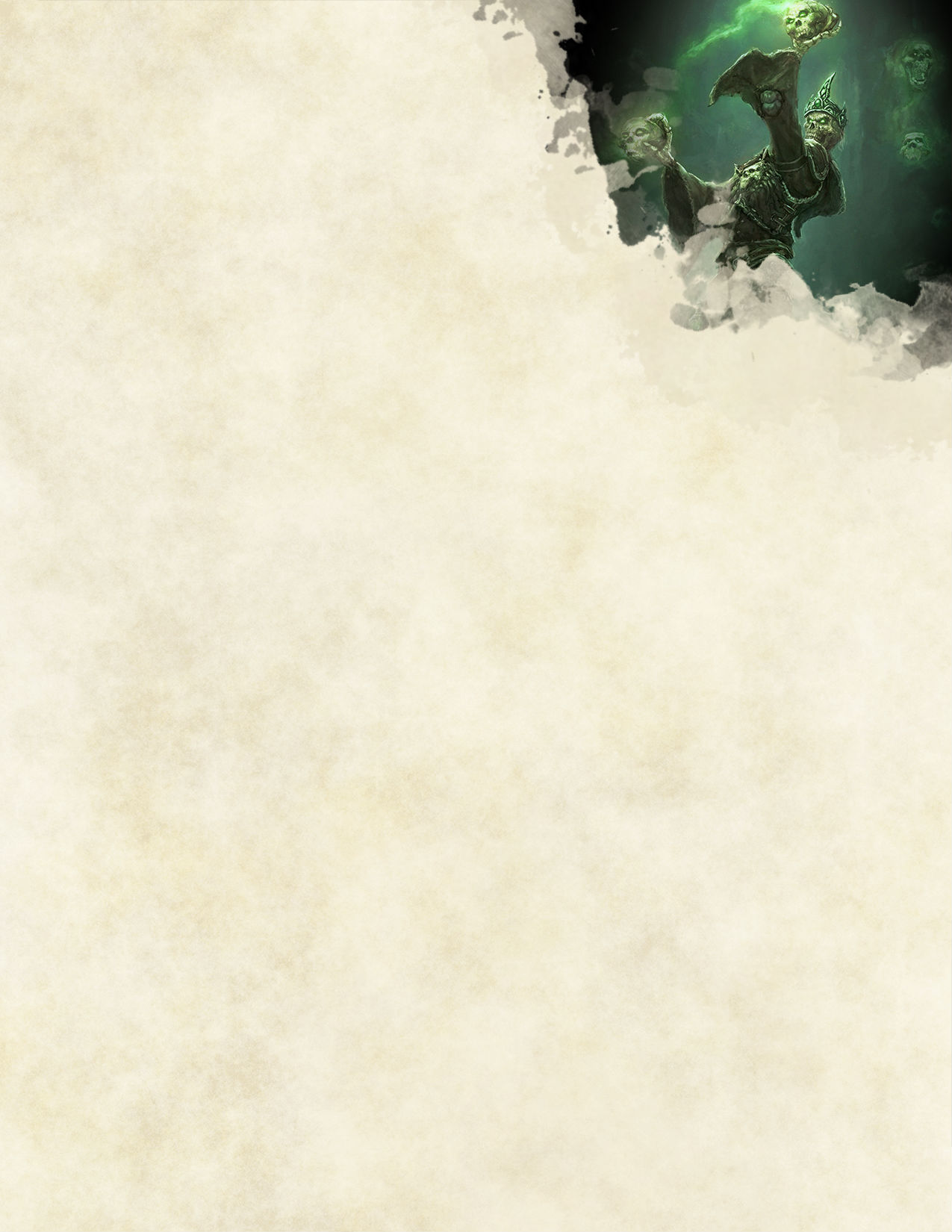
Necromancer
All liches have the ability to raise the dead, as do some other mages. But no other can match the expertise of a lich that is fully devoted to necromancy. In addition to commanding undead minions, you also inflict your enemies with the Plague of Undeath, weakening them to your minions' attacks.
Decent knowledge of undead monsters in the Monster Manual will help you optimize your minions' actions. If DM allows, you can consider using the Necronomicon as a manual for more undead monsters.
Suggested Quick Build
- Classes: 14 levels in Wizard, Necromancy Tradition
- Spells: infestation, find familiar, ray of sickness, dragon's breath, animate dead, and spells that hinder enemies
- Feats: Alert
Necromancer Archetype Spells
| Lich Level | Spell |
|---|---|
| 2nd | edvard's black tentacles |
| 3rd | danse macabre |
| 4th | create undead |
| 5th | exhume necropolis (Ultimate Spell) |
Adept Necromancy
If you can cast the find familiar spell, you can choose to have a familiar that has the form of an undead creature, as long as its size is small or tiny and its CR is no more than 1. Its nature will remain undead. This undead familiar can perform paralyzing touch (Forbidden Arcana) for you as if delivering a spell you've cast with a range of touch. More options for familiars are available in the Necronomicon.
When managing your minions, you can command all undead creatures you control, regardless of how they came to be, with a single bonus action as if they were summoned by a single spell, such as animate dead or create undead. Your entire undead army, including your familiar, can take their turn simultaneously. They can either roll for Initiative for themselves or default to taking their turn after yours. If their attack bonuses are lower than your Spell Attack Bonus, they can use yours for all attack rolls instead. Furthermore, whenever any of your undead minions roll the maximum result of any single damage die, you gain 1 hit-die. This can only occur once per attack from the same minion.
When you reanimate a creature with a CR that is no more than 5 and has been dead for no longer than 24 hours, it is instead cleanly animated. It retains its original stat block and appearance it had when it was alive, but it now has a nature of undead and an Intelligence score of 6. Depending on the creature, its spellcasting may be inhibited as per the DM's discretion. It will stay cleanly animated for the next 24 hours before it decays into a zombie.
The Plague of Undeath
Even without an army of undead, a necromancer can still inflict chaos with the Plague of Undeath. If a creature that is neither undead nor construct receives Poison damage from you or your spells (including the Transmission invocation, but not your minions), it must succeed a Constitution saving throw or else it contracts the Plague. The DC to the saving throw is either the amount of Poison damage received or your Spell Save DC, whichever is greater. Alternatively, you can also procure vials of contagions of the Plague with Alchemist's Supplies if you are proficient with them. The Plague of Undeath is a magical disease and cannot be removed without the aid of magic.
Handling Your Minions
When managing your undead army, consider handling them as explained in "Handling Mobs" (DMG pg 250).
Alternatively, you can instead calculate how many creatures in your army will miss (or fail their saving throws) rather than succeed. This will be equal to the natural roll needed to succeed, multiplied by the number of attacks (or saves), divided by 20, then round to the nearest whole number.
E.g. If your army makes 3 attacks and needs a natural roll of 8 to hit, (3×8/20 = 24/20 ≈ 1) then 1 of those attacks will miss.
Before dividing by 20, subtract 10 for each minion with advantage and add 10 for each with one with disadvantage.
E.g. If 7 of your minions need a natural roll of 11 to save, but 2 of them have disadvantage, ([7×11 + 10x2]/20 = [77+20]/20 = 97/20 ≈ 5) then 5 of them will fail.
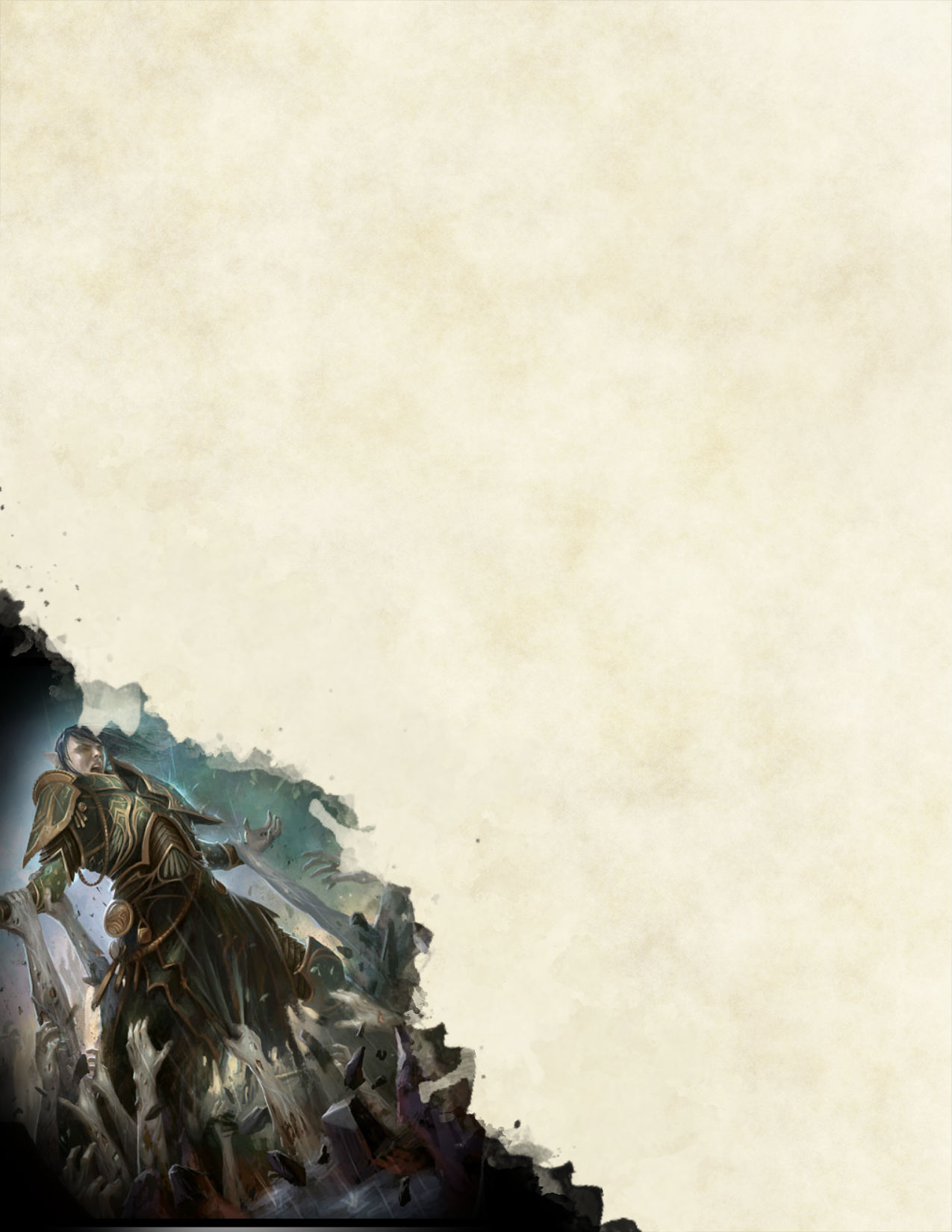
A target infected by the Plague of Undeath will suffer the following:
- Attacks from undead creatures have advantage against the target
- The target can neither sleep naturally nor benefit from a long rest. Madness may eventually occur.
- Its corpse is immune to gentle repose until the Plague is removed
- If it dies with the Plague and it is not removed, the target will reanimate on its own after 2d6 hours, as if you've cast the animate dead spell on it. It will reanimate cleanly if its CR no more than 5.
Necromancer Invocations
When you cast a spell, cantrip, or Forbidden Arcana ability, you can spend hit-dice to modify it with the following invocations. If the invocation has targets, it is limited to the targets of the spell, cantrip, or Forbidden Arcana ability being modified. You can use more than one type of invocation at a time. Starting at 4th level, you can use the Transmission invocation.
Contamination
For 1 hit-die, all damage dealt is converted into Poison damage.
Consummation
Your hit-dice, regardless of die size, can fulfill any physical requirement or material component of a Necromancy spell, with the exception of diamonds. Even if the appropriate component is not lost or consumed in the spell, the hit-die is spent nonetheless. One hit-die is equivalent, but not limited, to any one of the following:
- A corpse or a pile of bones of one medium humanoid.
- 200 gp worth of any gemstone, gem dust, powder, or mineral other than diamond.
When summoning undead from a corpse or pile of bones emulated by hit-dice, it appears in an unoccupied space within 30 feet of you.
Transmission
When you animate undead starting at 4th level, you can spend 1 hit-die per creature animated to make it volatile. When a volatile creature dies, it explodes, and all creatures within 15 feet must succeed a Dexterity saving throw or receive 3d6 Poison damage and lose 10 feet of their movement speed until the end of their next turn.
Those that succeed receive no damage and suffer no loss of movement speed. Your undead minions automatically save. Those that receive damage from this must also make their Constitution saving throw against the Plague.
Necromancer Ultimate Spell
At 5th level, this spell is added to your spellbook. It is always prepared and does not count against your list of prepared spells.
Exhume Necropolis
9th-level necromancy
- Casting Time: 1 action
- Range: 60 feet
- Components: V, S, M (coins or any sort of grave goods)
- Duration: Up to 1 minute
Choose an area of solid ground that covers a square with side length of 25 feet. All creatures in that area must succeed on a Dexterity saving throw or receive 12d8 Bludgeoning damage, be pushed out of the area, and fall prone. Those that succeed receive half damage and are pushed out of the area. That area becomes a zone of difficult terrain.
From that area, the entrance of a mausoleum from the Abyss emerges, occupying a cube in the center with side length and height of 15 feet. From the mausoleum, a fearsome undead monster emerges and appears in an unoccupied area closest to the mausoleum and ignores the difficult terrain in that zone.
This monster can be any undead creature (the DM allows), as long as its CR is no more than 10. You have total control over this creature and can communicate with it telepathically, dictating its turn, as long as you are conscious and the creature remains in the same realm as you. Until the spell ends, the creature is friendly to you and your allies
During your turn, you can spend an action to command this creature to use its reaction to unleash an unholy nova. All non-undead creatures within 20 feet of of it must succeed a Charisma saving throw or receive 12d8 Necrotic damage. Those that succeed receive half damage. Creatures that have the Plague of Undeath have disadvantage to the saving throw.
You can end this spell using an action. When this spell ends, the monster teleports back into the mausoleum, and the mausoleum descends back into the Abyss. The entire zone remains as difficult terrain of disturbed earth and rubble until cleared.
The damage from the emerging mausoleum and the unholy nova increases by 1d8 for each hit-die you were missing when you first cast this spell (after spending hit-dice on this spell). When you cast this spell, you can select up to 5 creatures you can see to be immune to the unholy nova, spending 1 hit-die for each.
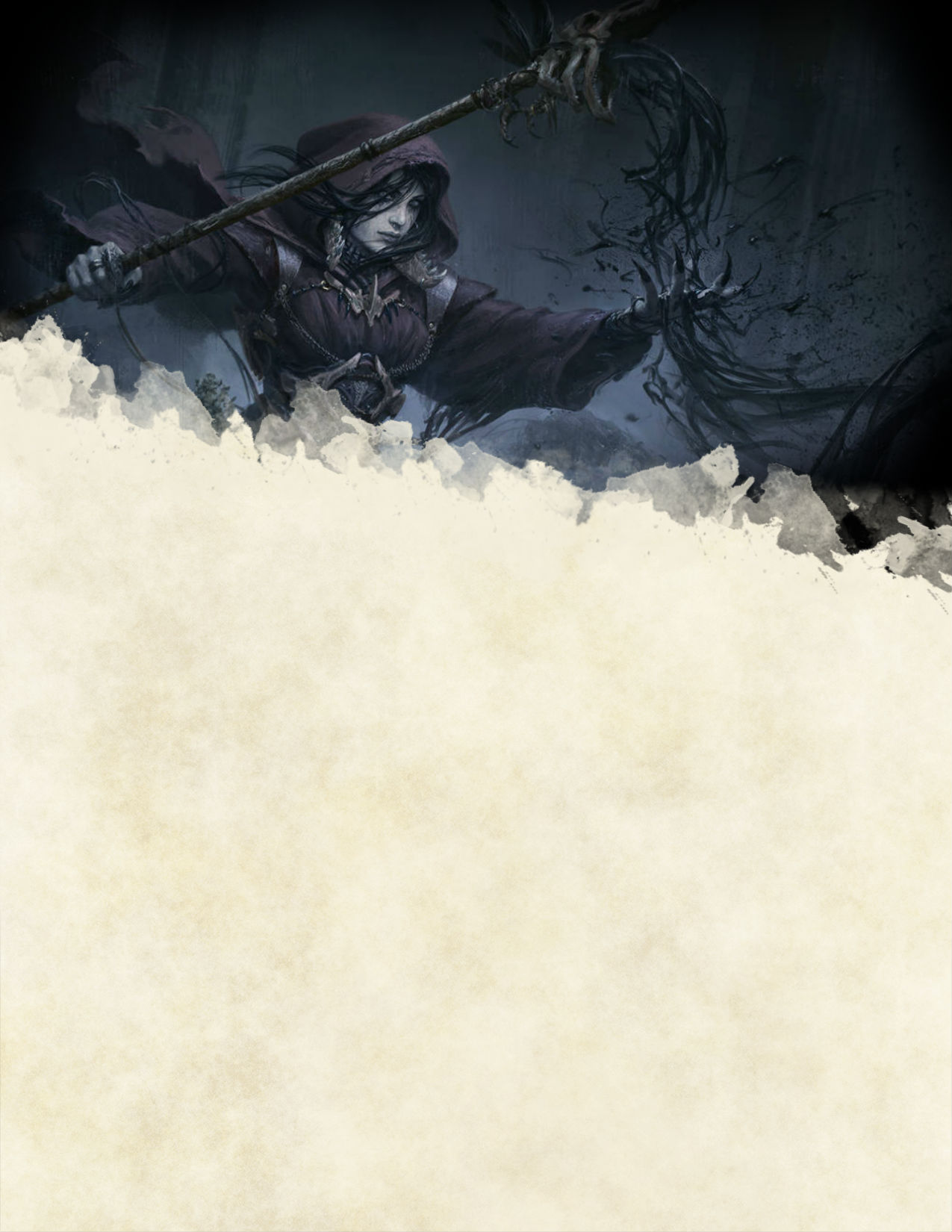
Soul Reaper
The fighting spirit of comrades and enemies alike are
nothing more than tools for a Soul Reaper. You can turn the tide of battle by healing your allies with Necrotic damage while using their own hit-dice.
Suggested Quick Build
- Classes: 6 levels in Cleric, Grave Domain. 8 levels in Wizard, Abjuration Tradition
- Spells: spare the dying, toll the dead, sanctuary, lesser restoration, life transference, counterspell, and spells that deal Necrotic damage or support allies
- Feats: Healer, Medic
Soul Reaper Archetype Spells
| Lich Level | Spell |
|---|---|
| 2nd | death ward |
| 3rd | greater restoration |
| 4th | circle of death |
| 5th | unleash purgatory (Ultimate Spell) |
Forge of Souls
As master and conductor of souls, you can control the lifeforce of both the dead and living. All of your spells (and only spells) that have no effect on undead or constructs can indeed affect undead as you wish, but not constructs.
The first time you deal Necrotic damage to a non-construct creature with a CR of at least 1/4, you gain 1 hit-die. This cannot happen again with same creature until you finish a long rest.
Whenever you spend hit-dice on a spell or ability that targets a creature that also has hit-dice, you can spend any theirs in any combination you choose.
Furthermore, you can see 60 feet in to the Ethereal Plane from the Material Plane, and vice versa.
Soul Reaper Invocations
When you cast a spell, cantrip, or Forbidden Arcana ability, you can spend hit-dice to modify it with the following invocations. If the invocation has targets, it is limited to the targets of the spell, cantrip, or Forbidden Arcana ability being modified. You can use more than one type of invocation at a time. Starting at 4th level, you can use the Possession invocation.
Putrefaction
For 1 hit-die, all damage is converted into Necrotic damage.
Tribulation
Omit all Necrotic damage that you or a friendly creature you can see would receive from this spell, restoring hit-points equal to half that damage instead. The cost of this invocation is 1 hit-die per spell level × the number of targets. E.g. Healing 4 targets with circle of death (level 6) costs 24 hit-dice.
If this Necrotic damage comes from a cantrip or Forbidden Arcana ability, it grants temporary hit-points for 1 minute instead of restoring health, at the cost of 1 hit-die per target.
The target can choose to negate its own resistance, vulnerability, and immunity to Necrotic damage, as well as if they succeed their saving throws, but they will still suffer the adverse effects.
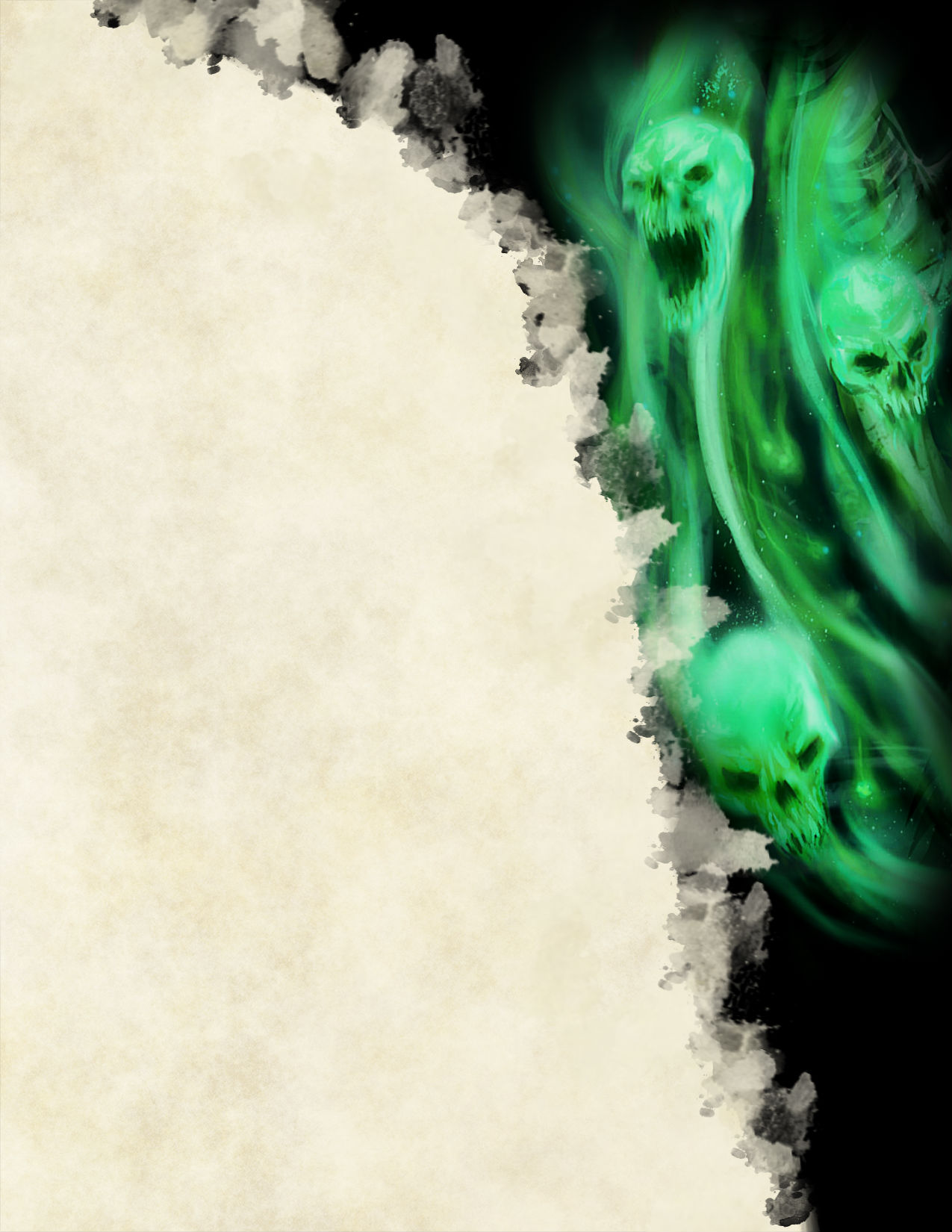
Possession
Starting at 4th level, you can select any of the targets
you can see and have them possessed until the end of your next turn, at the cost of 1 hit-die per target. A spirit possessing a target will do one of the following options that you choose (independently from one another):
- Allow the target to reroll one of any d20 roll over the duration, choosing either result. The target can choose to use this after the roll has been made, but before the result is determined.
- Allow the target to immediately use its reaction to either stand up or to move up to half its movement speed without provoking opportunity attacks.
- Immediately end one of the following effects: charmed, possessed by a different entity, frightened, unconscious, or paralyzed.
Soul Reaper Ultimate Spell
At 5th level, this spell is added to your spellbook. It is always prepared and does not count against your list of prepared spells.
Unleash Purgatory
9th-level necromancy
- Casting Time: 1 action
- Range: 120 feet
- Components: V, S, M (a scythe or dagger)
- Duration: Up to 1 minute, Concentration
From either the Ethereal or Material Plane, tear open a rift in the Border Ethereal, from which wailing souls flood into the Material Plane. They flow from a point within range, forming a line toward any direction you choose with a length of 120 feet and a width of 20 feet. Moving out of range of a rift will close it.
The first time a creature enters or starts its turn in the area each round, it must make a Charisma saving throw or receive 12d8 Necrotic damage and fall prone. Those that succeed receive half damage and do not fall prone.
Until this spell ends, you can use an action to tear open another rift or close an existing one. Creatures can only receive damage or healing from this spell once per round, even if they are in a space where multiple zones of this spell overlap.
You can end this spell with a bonus action. When you cast this spell, you can select up to 5 creatures you can see to be protected, spending 1 hit-die per creature. While in any of the zones of this spell, these protected targets restore 12d8 hit-points instead of receiving damage and falling prone. Protected targets may also pass through the rifts, entering or exiting either plane at will. Both damage and healing increases by 1d8 for each hit-die you were missing when you first cast this spell (after spending hit-dice on this spell).